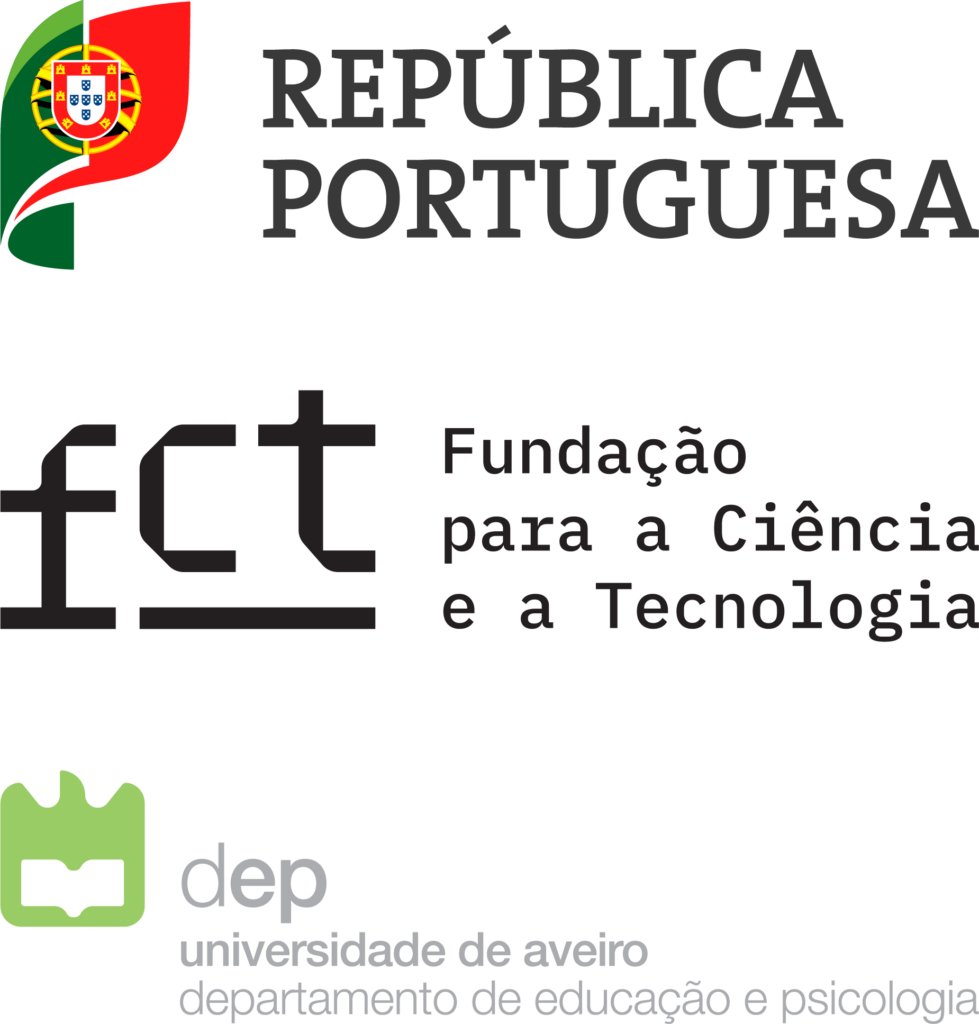Sadequle Islam & Sílvia Melo-Pfeifer (CIDTFF) | Handbook of Multilingual TESOL in Practice, pp. 71-83
Abstract:
In postcolonial South Asia, and specifically in Bangladesh, students use their mother tongue while learning English as a second or foreign language (ES/FL), even if not overtly, while daily communicative translanguaging is seen as unproblematic. This apparent contradiction shows a gap between learning and communicative practices or, said otherwise, between pedagogical and communicative translanguaging. In this chapter, we discuss Bangladeshi teachers’ perspectives toward pedagogical translanguaging and its use in tertiary level EFL classrooms. The results show that bringing languages together is seen as an unavoidable linguistic instance of Bangladeshi EFL classrooms. Teachers also concede that systematic and judicious use of pedagogical translanguaging could be an effective teaching approach, especially for grammar teaching and learning. Pedagogical translanguaging seems to be perceived more as a remediation strategy to cope with perceived lack of knowledge in the target language, rather than a strategy to enhance student awareness and skillful use of English, its varieties and other languages.
– – – – –
Referência:
Islam, M., Melo-Pfeifer, S. (2023). “Bangla Helps Learners to Get the Gist Better”–Translanguaging in Postcolonial English as a Foreign Language Classes in Higher Education in Bangladesh. In K. Raza, D. Reynolds, C. Coombe (eds), Handbook of Multilingual TESOL in Practice (pp. 71-83). Springer. https://doi.org/10.1007/978-981-19-9350-3_5





